I have two complaints only. One, we cannot have Mr. Rochester crying. I’m terribly sorry, even while I happily affirm Timothy Dalton’s performance is excellent in this painful scene. But when Charlotte Bronte has him weep in Jane’s presence, one tear only slides from beneath the ruined eye of his “cicatrized visage.” He does not actually sob. There is a similar off note when he shouts “Leave me!” with real anger, after Jane has returned and he thinks she is insincere. In the book, I remember a much warmer and funnier moment. Jane is sitting on his lap for the umpteenth time on her second day back. He says “Leave me, Jane; go and marry Rivers,” while clasping her tighter anyway. Orson Welles simply clenches his jaw and widens his blind eyes and thrusts her away — before their first and last kiss — which tells us everything.
My second complaint is, for such an exuberantly faithful rendition of Jane Eyre, why didn’t the filmmakers spend two minutes at the end to allow voice-over Jane to tell us about the Rivers family? St. John (“SinJin”) Rivers and his sisters Diana and Mary had an hour and a half of screen time, deservedly so, since in the novel their roles mixed with Jane’s amount to a new plot line entirely. Could we not hear that SinJin went to India as a missionary and probably will not live much longer in that climate, and that Diana and Mary are happily married and all the households visit every year?
Minor points. It’s just that altogether I notice a kind of mis-step in this film version, however beautiful it is. Dalton’s Rochester seems cold and unpredictable. “Changeful and abrupt,” he should be, but the coldness is not right. The story’s pacing, faithful as it is, seems too clean, forensic, as if somebody in charge of it had been reading Dickens and not Byron. We see perfect costuming in gray and black, and the green English countryside dripping with mists, and bravi to them for filming outdoors; but we see nothing to do with Jane’s macabre artworks for example; there are no meaningfully shattered chestnut trees; at any rate (you see I still love and have chosen to adopt the Brontean semicolon), when the plot necessitates a supernatural event, namely Rochester’s and Jane’s voices ringing out mystically to each other across miles of night, it is in this film a completely new thing.
All in all, four stars out of four, given of course we understand there is still no comparison to anything with Orson Welles. The challenge, to moviemakers, to bring Jane Eyre to the screen is beginning to impress itself upon me. They have four plots to juggle, even though each leads to the next: Jane the child at school, Jane the governess, Jane the refugee happy at Moor House, and Jane returned to Thornfield and her master. Behind all these lie four or five others — the mad wife, the ward Adele, the fate of the Reed cousins grown up, the Rivers family. Depending on the film time allotted, some of this has to be jettisoned. In 1943 Orson Welles and his crew jettisoned all the Rivers pages, instead closing with the wandering Jane writing desperately to Mr. Brocklehurst — her childhood schoolmaster! — for a job. It is a dark and stormy night; the wind bursts open the shutters and blows her papers off the table; she goes to close them, and just then hears the great baritone. “Jane … Jane … Jane.”
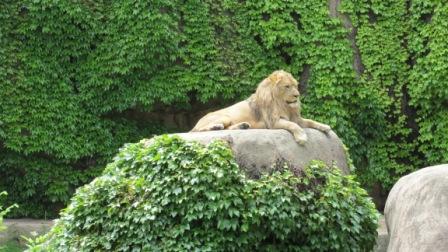
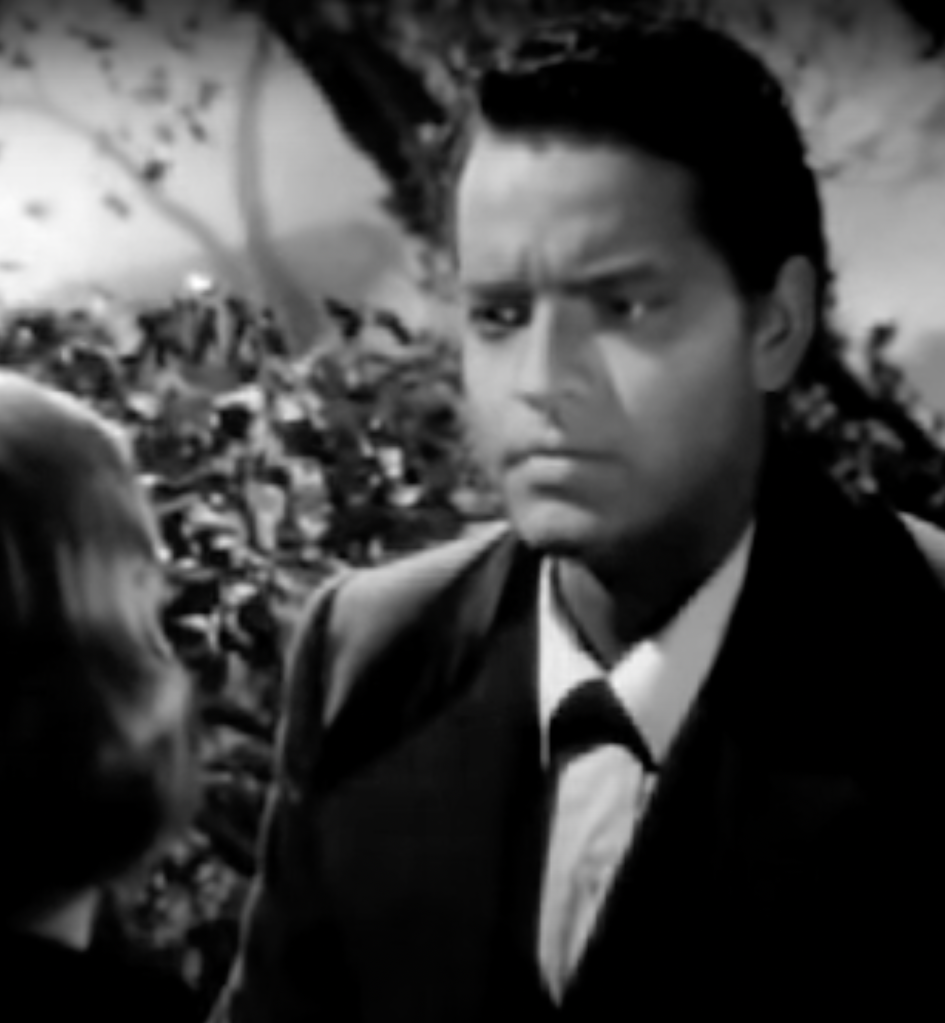
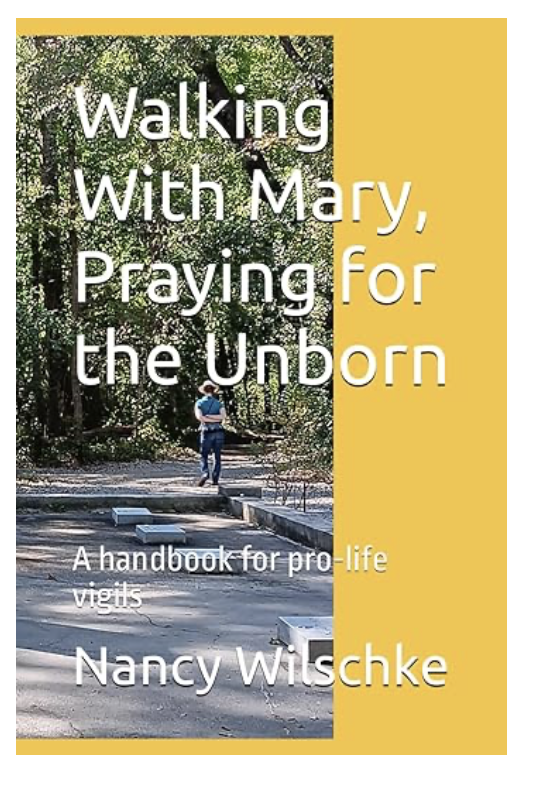
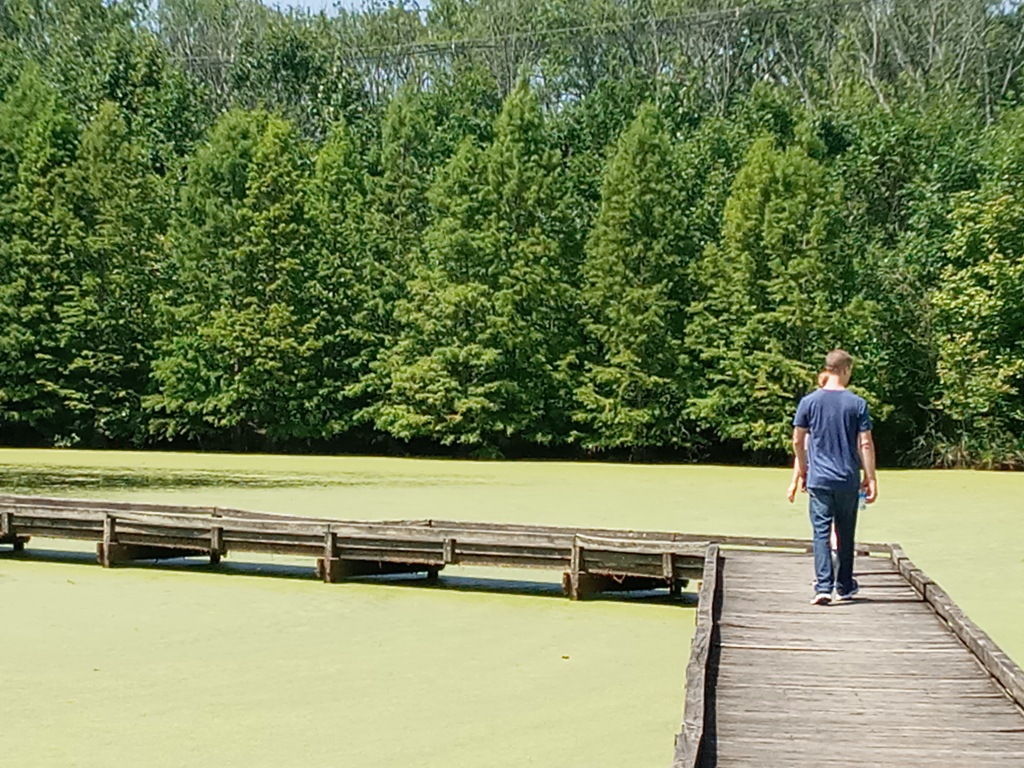
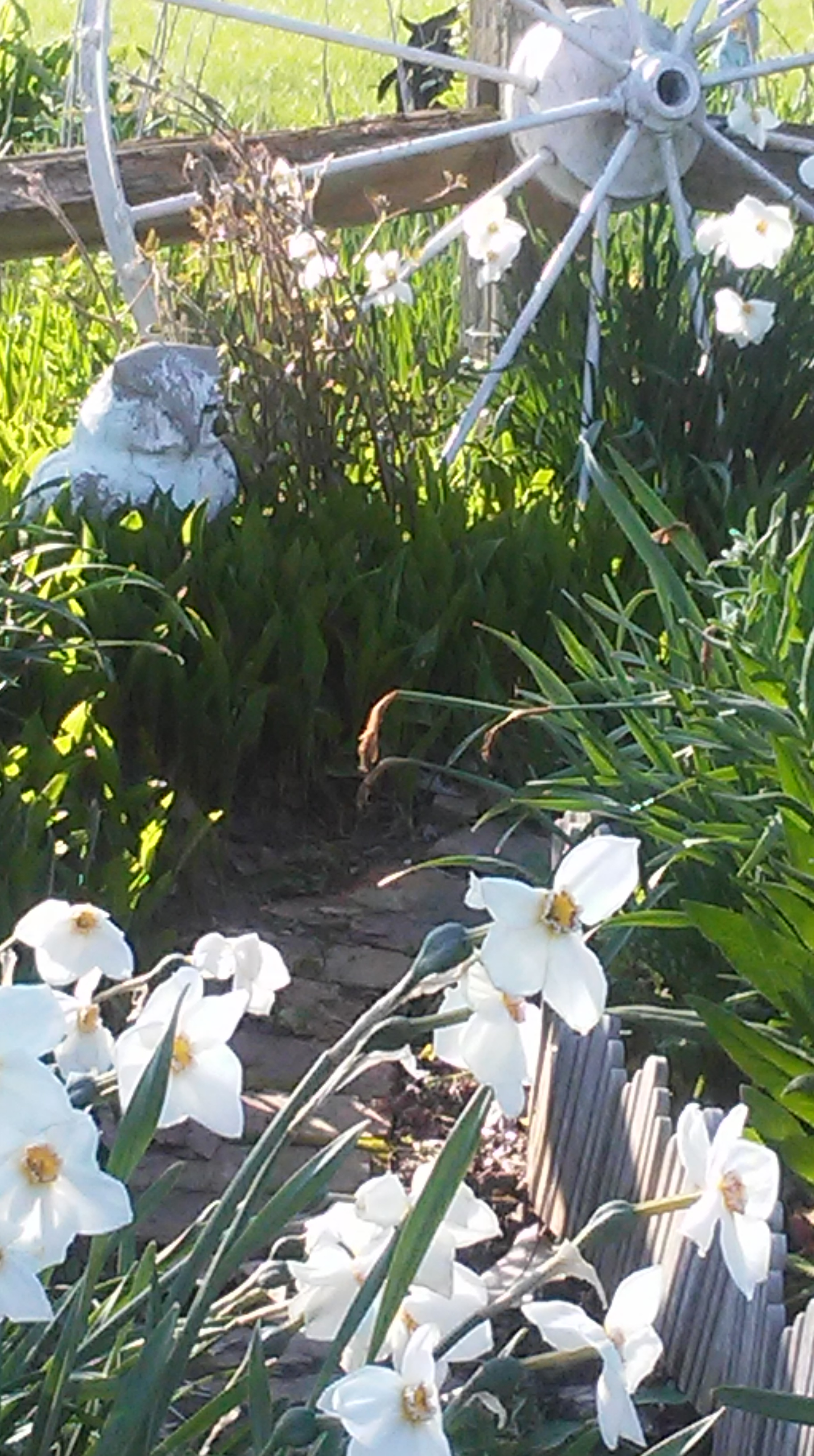
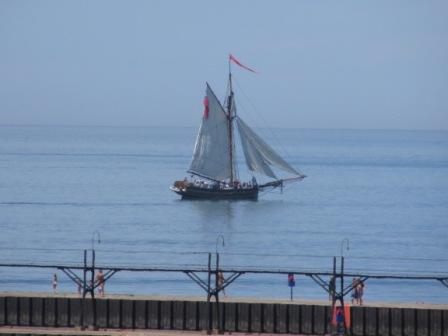

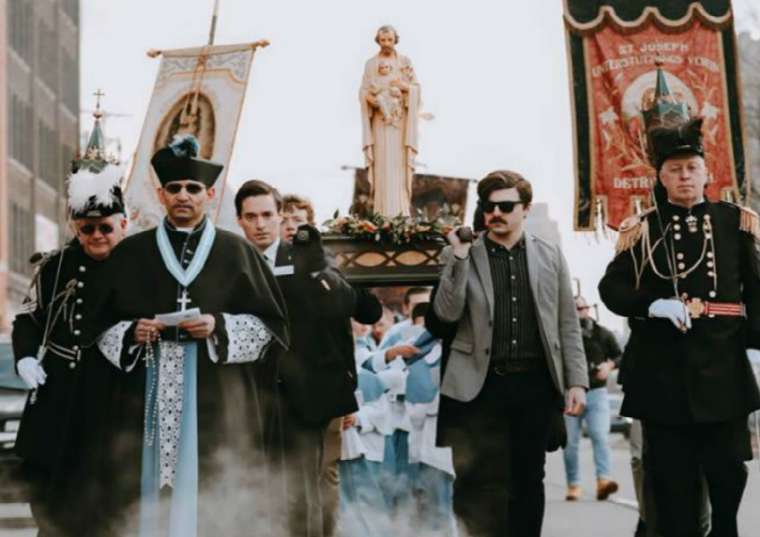
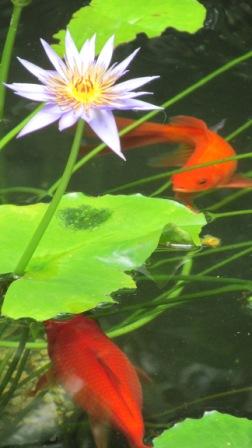
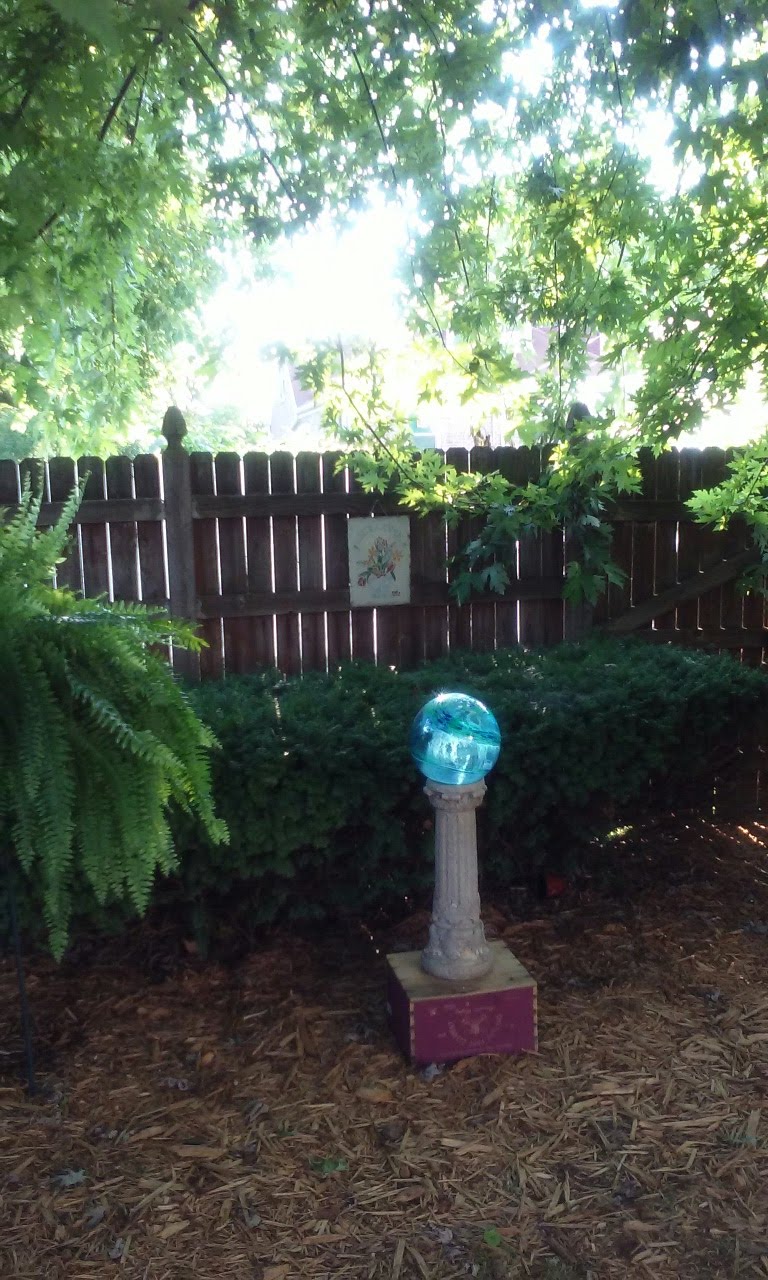
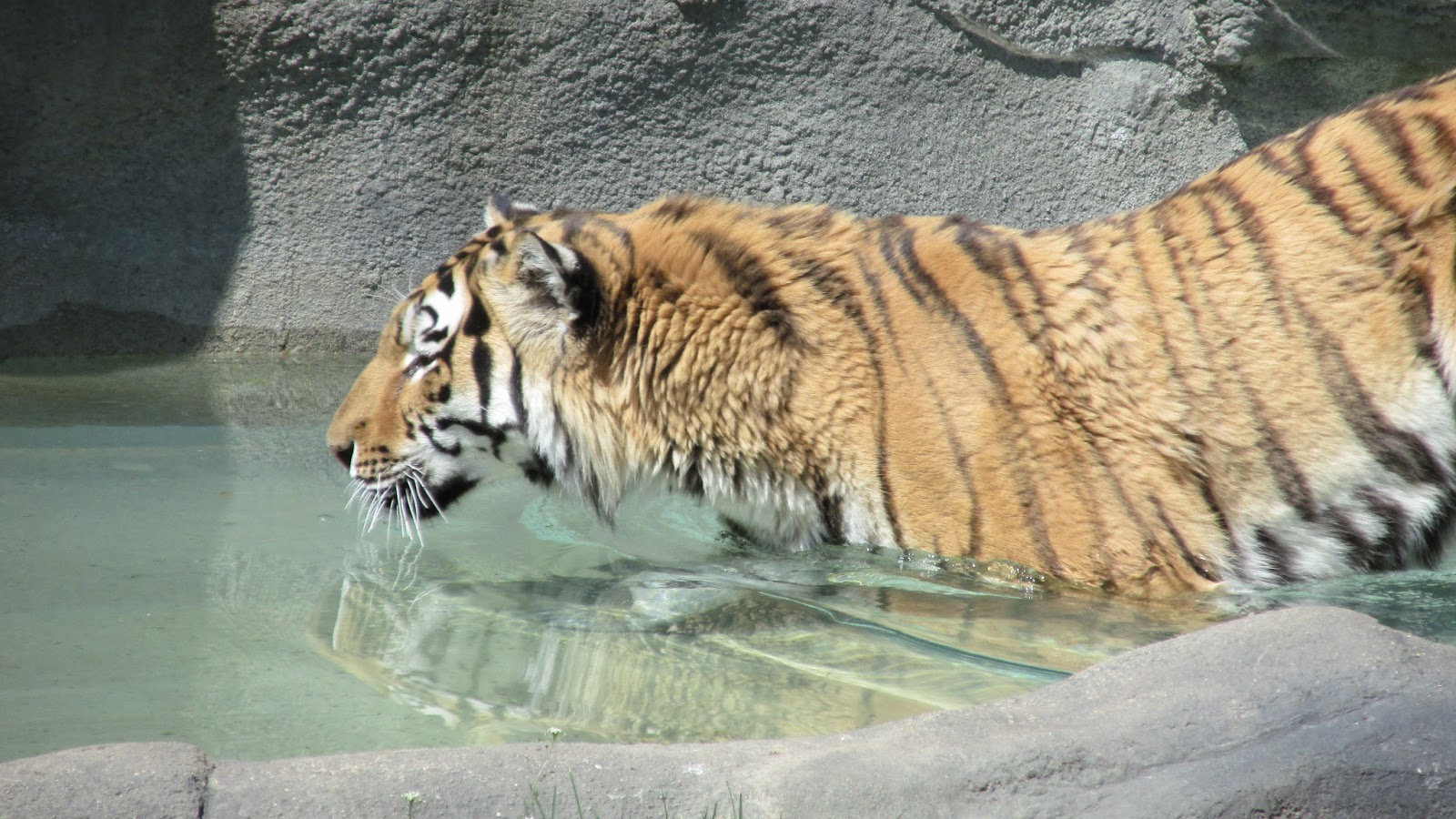
Pingback: Because we keep collating the work of heroes: another footnote | Pluot